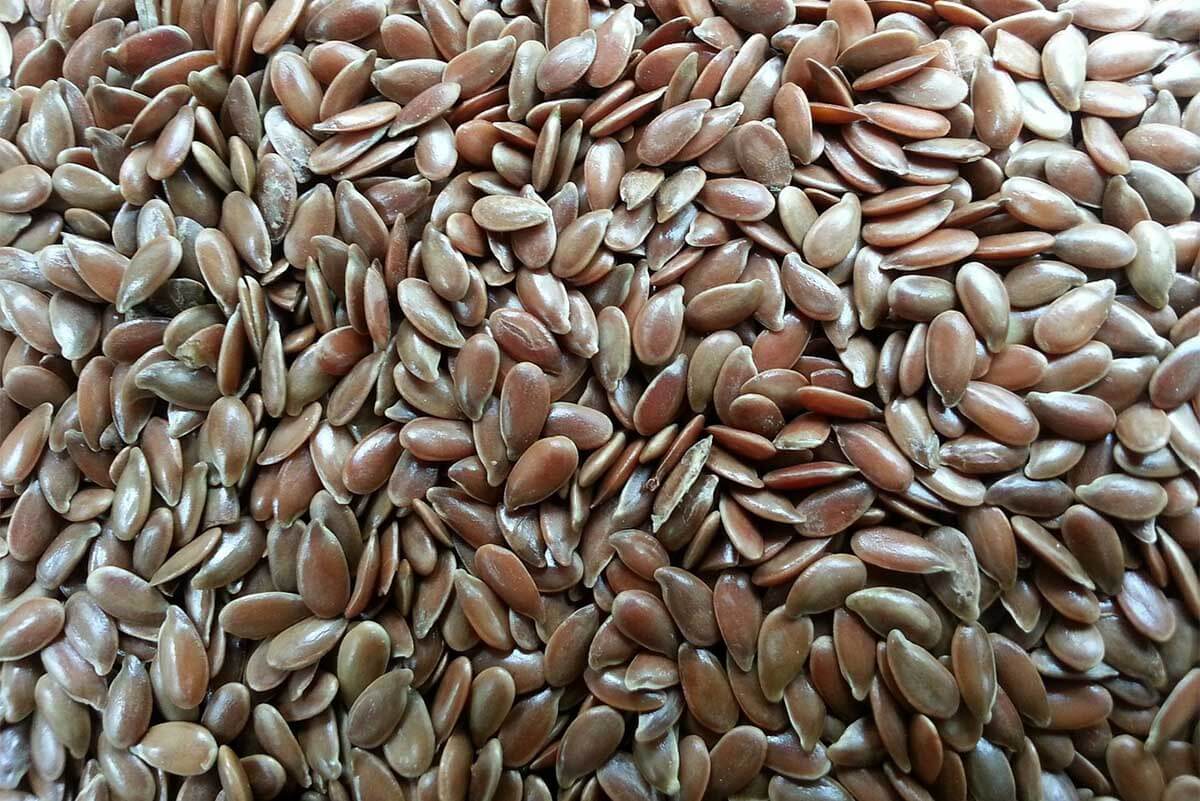Our body is one of the best-known chemists, synthesizing its own chemicals.
However, it lacks the ability to manufacture certain compounds like omega-6 and omega-3 fatty acids.
Therefore, these are termed as essential fatty acids as we need to obtain them through our diet.
Omega-3 fatty acids

Omega-3 fatty acids are derived from the essential fatty acid – linolenic acid and are also known as n-3 PUFA (polyunsaturated fatty acids).
They are an integral part of cell membranes, essential for nerve function and act a launchpad for the production of hormones that regulate the blood, heart, and genetic function.
Omega-3 fatty acids bear an overall effect of blood vessel dilation, reduced blood clotting and reduced inflammation.
Therefore, it has attracted interest as a potential factor that can reduce the risk of or deal with heart disease, inflammatory conditions (asthma, rheumatoid arthritis), type 2 diabetes mellitus, kidney related disease, ulcerative colitis, Crohn’s disease, Alzheimer’s disease, depression, and bipolar disorder.
Sources of omega-3 fatty acids are oily fish (particularly found in deep and cold waters like mackerel, tuna, sardines, herring, salmon and trout), cod and fish liver oils, walnuts, mustard seeds, pumpkin seeds, flaxseed, soybean and their oils.
Omega-6 fatty acids
Omega-6 fatty acids are derived from the essential fatty acid – linoleic acid and are also known as n-6 PUFA.
Along with omega-3 fatty acids, omega-6 fatty acids play a crucial role in brain function, and normal growth and development.
Being a PUFA, omega-6 fatty acids help stimulate skin and hair growth, maintain bone health, regulate metabolism, and maintain the reproductive system.

However, they are antagonistic to omega-3 effects, in that, they constrict blood vessels, promote blood clotting and promote inflammation.
Omega 6 fatty acids are found in sunflower, safflower, maize (corn) and soybean and to a lesser extent in groundnuts and gingelly seeds.
Omega-6 to Omega-3 ratio
A healthy diet contains a balance of omega-3 and omega-6 fatty acids. It is important to note that the ratio of omega-6 to omega-3 fatty acids is an important determinant for many chronic illnesses such as cardiovascular disease, obesity, diabetes, arthritis, mental illness, cancer and autoimmune conditions.
A lower ratio of omega-6 to omega-3 fatty acids is more desirable in preventing and/or reducing the risk of many of the chronic diseases.
This can be achieved by lower intake of omega-6 by limiting processed vegetable oils from your daily diet, as well as processed foods made from these oils.
Moreover, you can hike omega-3 consumption – go nuts or go fishing!
